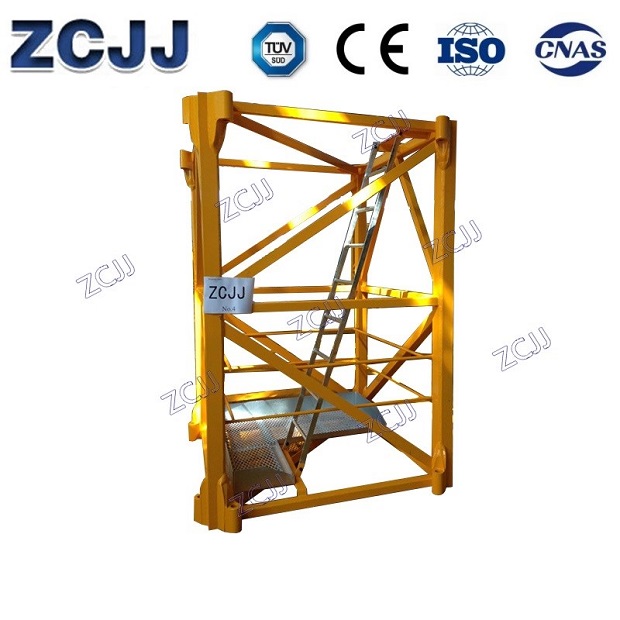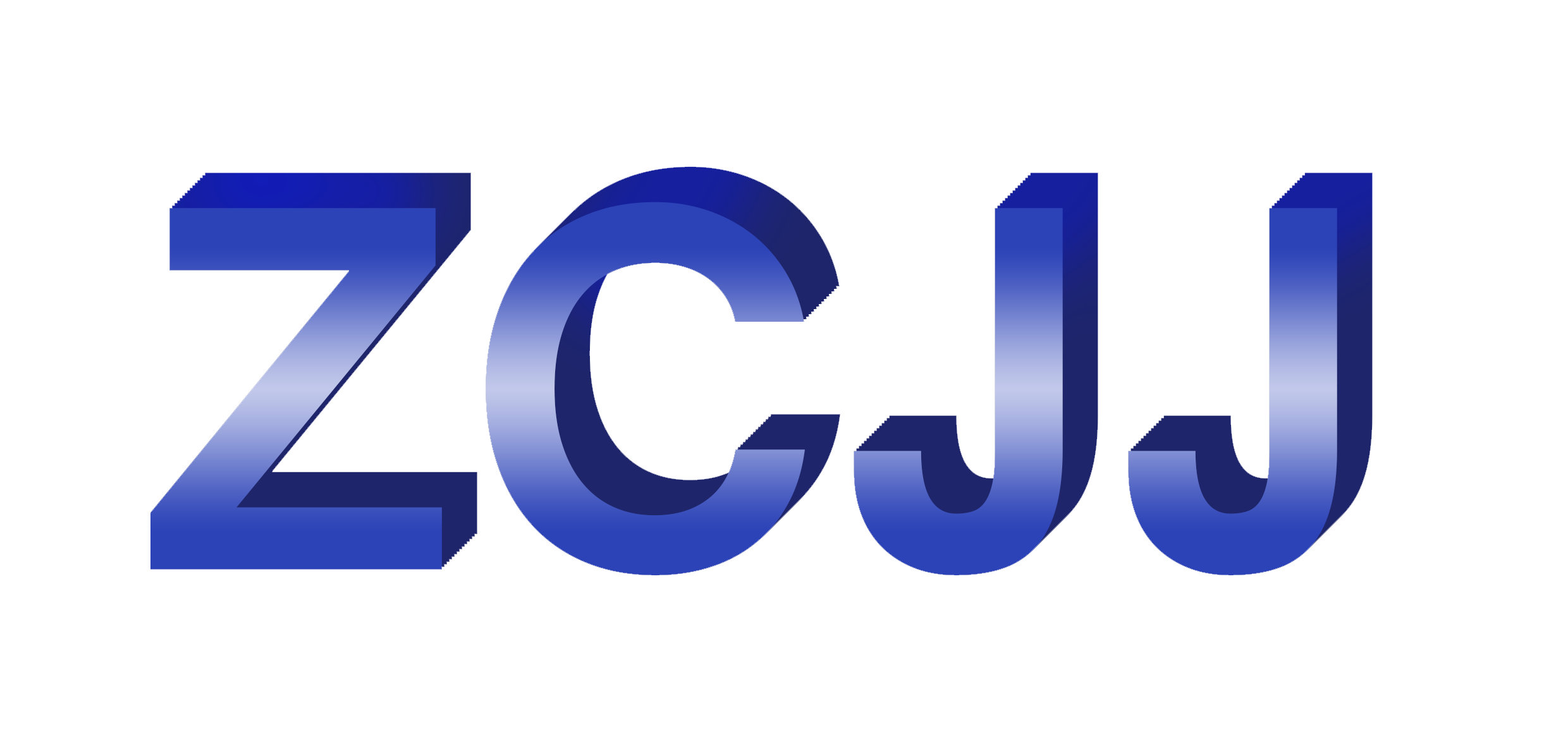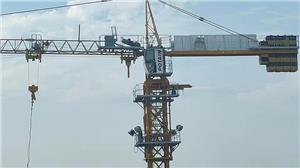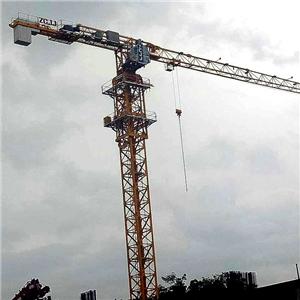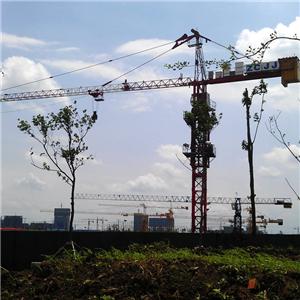132HC Mast Section Structural strength and stability analysis of Crane from tower
Tower lifting is a kind of special machinery widely used in industrial and mining enterprises and construction sites. In recent years, tower hanging accidents are frequent, and some accidents are caused by strong typhoons. Therefore, tower hanging can effectively resist wind hazards. It is an important task to promote safe production and ensure the smooth development of operations. From the structure strength and stability analysis of the tower crane strong typhoon impact, and from the wind load and other aspects of the design and use of the problem of wind resistance.
132HC Mast Section 132HC mast section good at in this field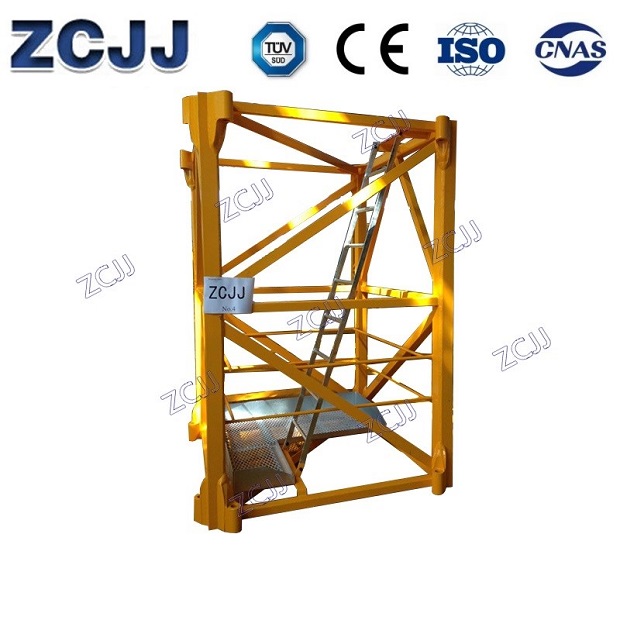
(1) Effect of wind on the structure strength of a tower crane
When the wind blows vertically to the tower crane frame, the wind load acting on the arm frame and the hanging weight causes the tower crane body to generate a torque M, which decomposes this torque into the four-sided plane truss of the fuselage. The abdominal rods of the four plane trusses will produce a stress σ 1 that is proportional to the horizontal distance between the wind load and the wind center. Obviously, the larger the wind load, the greater the amplitude of the arm frame. The greater the σ 1 in the abdominal rod. In addition, the arm frame's gravity, gravity, and inertia force will also produce a stress σ 1 for the tower's abdominal bar, and σ 2 is also proportional to the magnitude. In the actual design calculation, it can be found that at a certain wind load, σ 1 is much larger than σ 2. This shows that the main factor controlling the stress value of the abdominal rod at this time is wind load. Therefore, when the arm frame is in a large position, special attention must be paid to the instability of the airframe abdominal bar caused by vertical wind, resulting in the destruction of the tower crane.
When the windward tower crane arm frame blows head-on, the tower is hung at a minimum, and the wind load will cause the tower crane arm frame to bend back around the arm frame root hinge. If the wind load exceeds a certain value, and the tower crane is exactly an empty hook, this backward bending moment will overcome the forward bending moment of the arm frame from gravity, causing the arm frame to tilt backwards. For a tower crane that does not have an anti-recoil device for the arm frame, the rear tilt of the arm frame will lead to the destruction of the entire aircraft. Therefore, it should be equipped with an armband anti-dumping device.
(2) The influence of wind on the stability of Tower lifting
If the sum of the torques of each load acting on the tower crane is greater than zero, the tower crane is stable. For tower lifts with a fixed weight, the moment Ml of the tower hanging from the gravity to the overturning edge is a stable moment, and the torque of the lifting load and the wind load blown from the rear of the arm frame to the overturning edge and the M2 is the overturning force moment. For a wind load F1w with Ml + M2 = 0, the stability of the tower crane is in a critical state, such as F1w & GT; Fw, the tower will be overturned[ 1] .. (For details of the calculation formula, please refer to the tower crane design specifications GB38II and GB/T13752)
132HC Mast Section 132HC mast section good at in this field